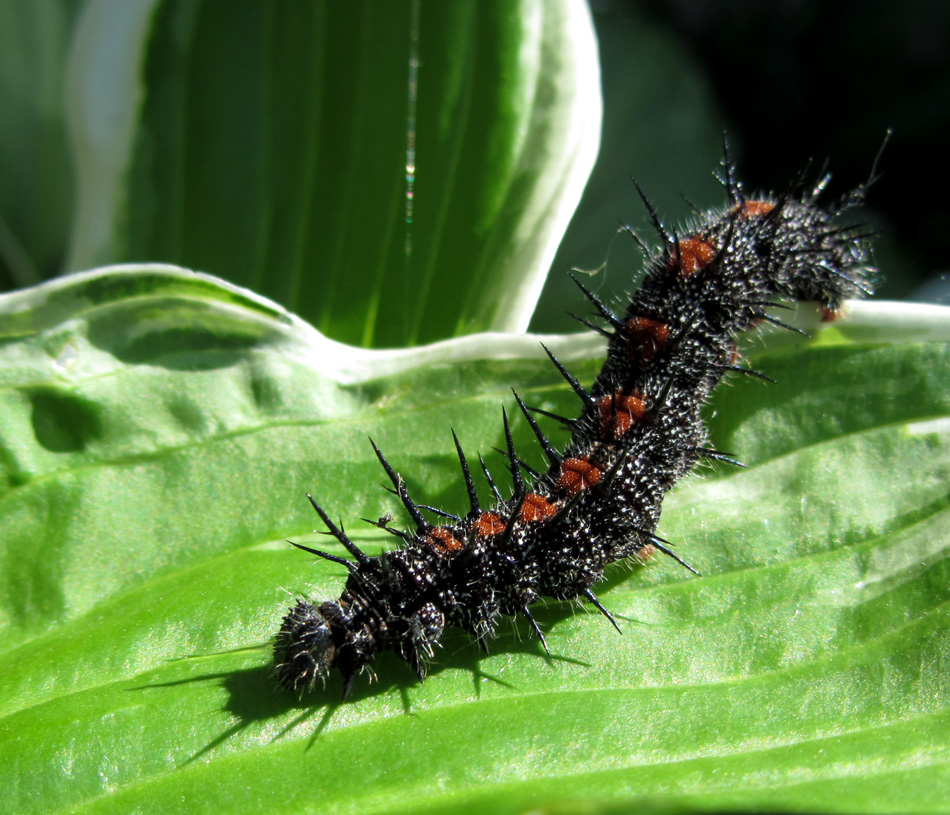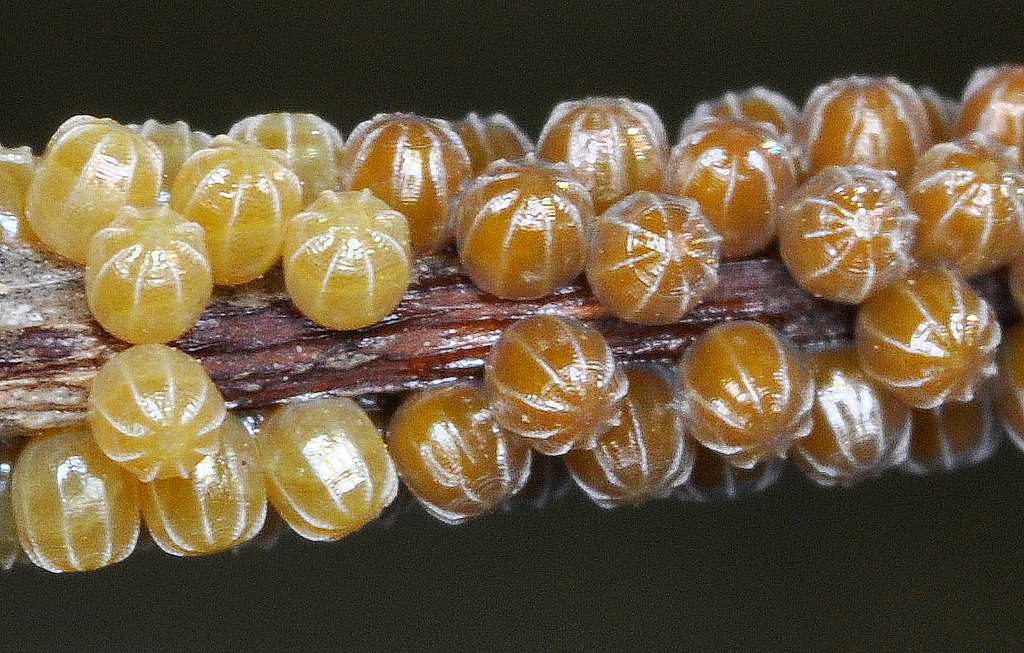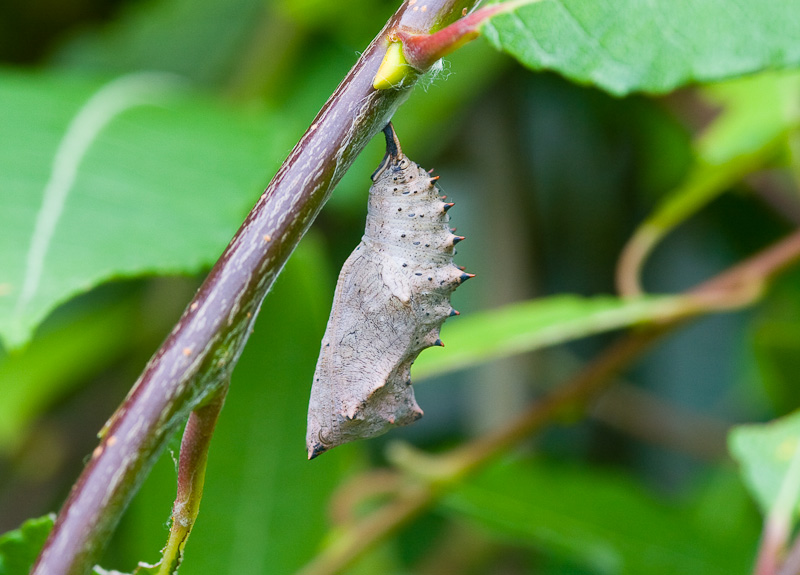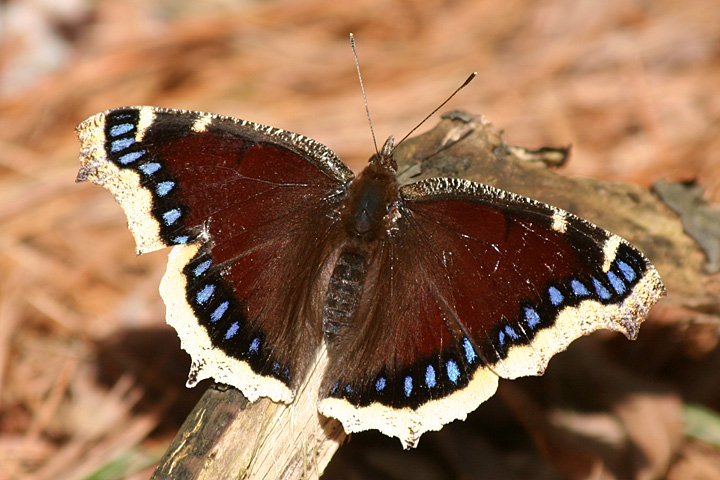February: Mourning Cloak
Kara Davidson
The Mourning Cloak, Nymphalis antiopa, is our butterfly of the month for February.
Range: Mourning Cloaks can be found all over North America, though they are rare on the gulf coast. They can even be found in temperate regions of Europe. They can be found in forests, parks, in your backyard- wherever their host plants are found. [1] In Britain, they are referred to as the Camberwell Beauty.
How to Attract them to Your Backyard: You will have better luck attracting Mourning Cloaks to your yard if you already have the specific types of trees they enjoy near you. If you happen to live near woods, or have a Common Willow, Elm and Corkscrew Willow in your yard, you are more likely to see them. Additionally, making sure your yard has plenty of places where they can find shade and cool temperatures. You may also wish to place a plate of rotting fruit (especially bananas) outside. Just make sure to keep an eye on it and bring it inside at night, so you don’t attract any unwanted pests!
May be confused with: Mourning Cloaks are pretty distinct and unlikely to be confused with any other species.
Size: 2.25” to 4”
Season: Spring and again in the fall. They are fairly inactive in summer
Female vs. Male: There is no easy visual way to tell the males and females apart.
Life Cycle: Adults overwinter and then lay eggs in groups during spring. The caterpillars live communally in a web, feed on young leaves, and emerge in early summer. [1]
Interesting Facts:
- One of the longest-lived butterflies. Adults survive 10 to 11 months. [1]
- One of the few species that overwinter instead of flying south or dying off before winter, the adults hibernate in tree cavities or under bark.
In Our Habitat: We learned early on that the caterpillars do not do well if you separate them. We let them stay in communal groups and make sure there is enough food for everyone. The younger butterflies have a beautiful blue band on their wings that fades as they get older. They can “play possum” when they feel threatened- many other butterflies will attempt to fly away, but the mourning cloaks will be extremely still (even falling over when moved). Mourning Cloaks are easy to find and photograph- just head over to the plate of bananas and watch them eat!
References:
- “Attributes of Nymphalis Antiopa.” Butterflies and Moths of North America. Web. Feb. 2016. <http://www.butterfliesandmoths.org/species/Nymphalis-antiopa>.



